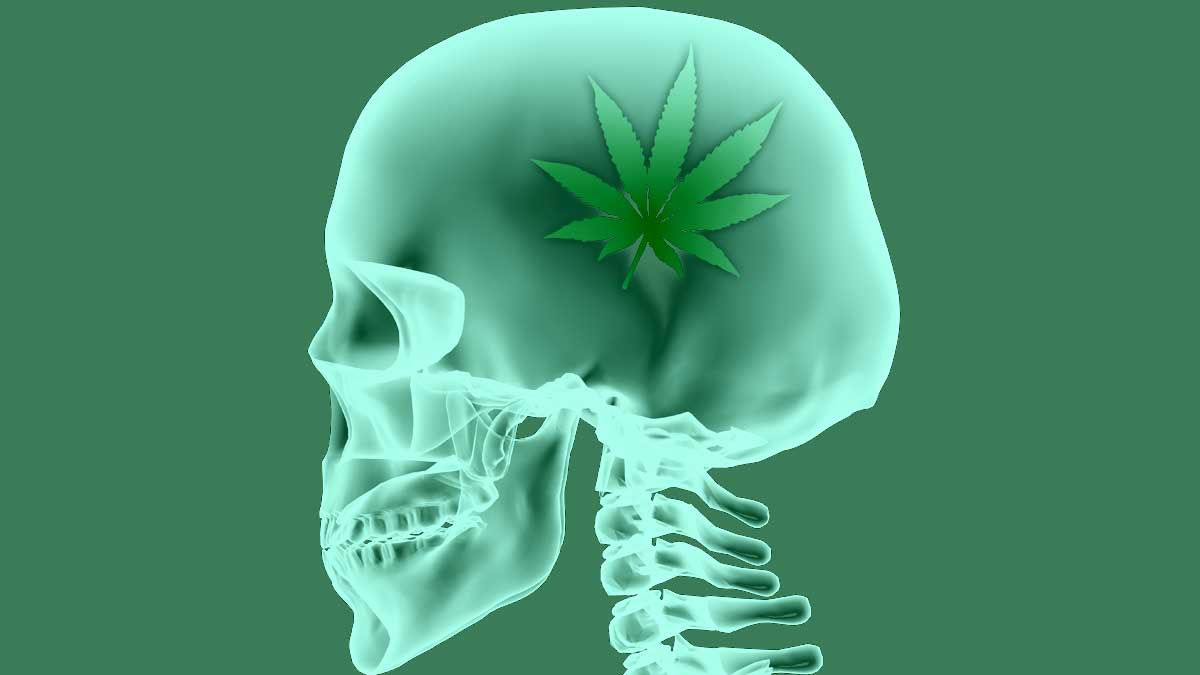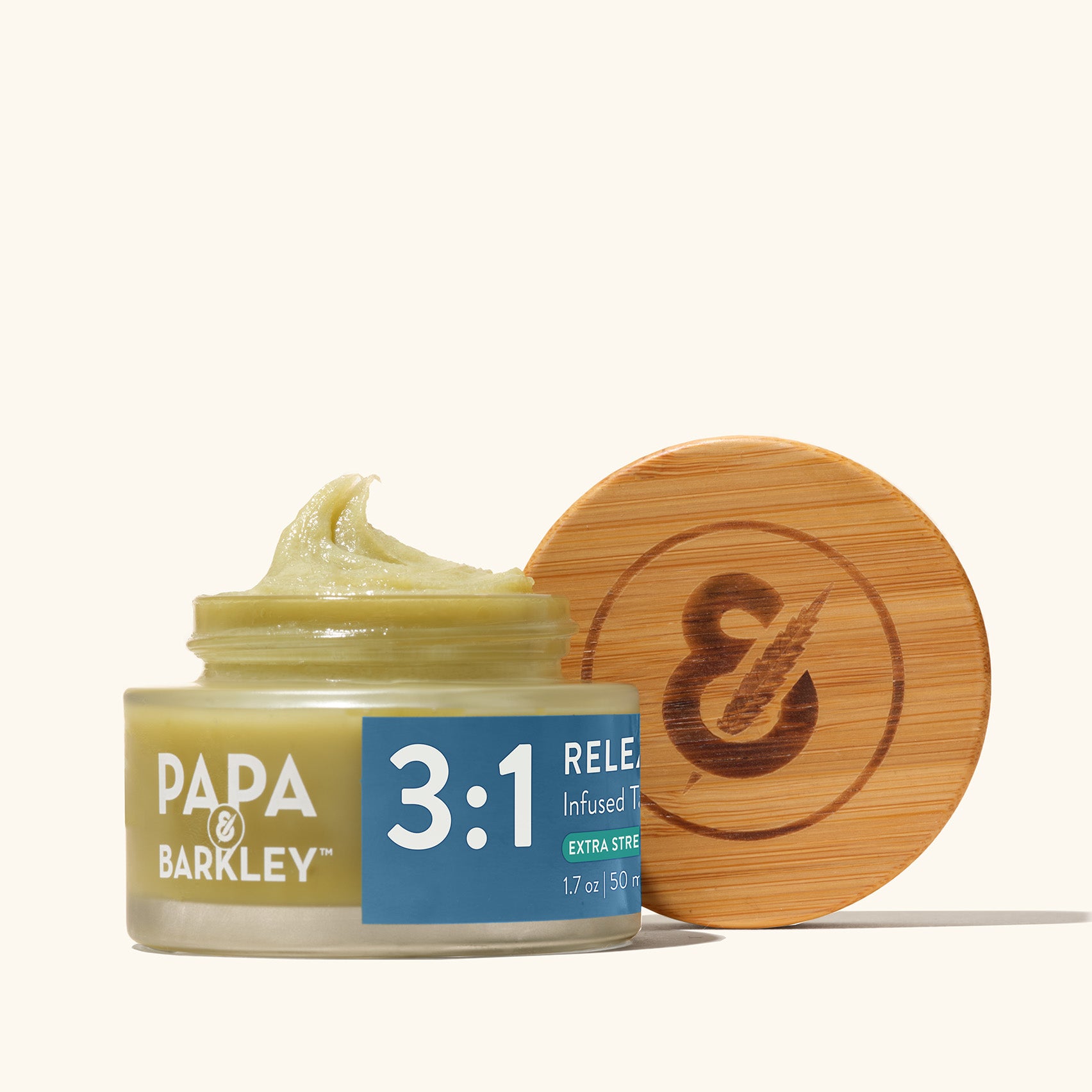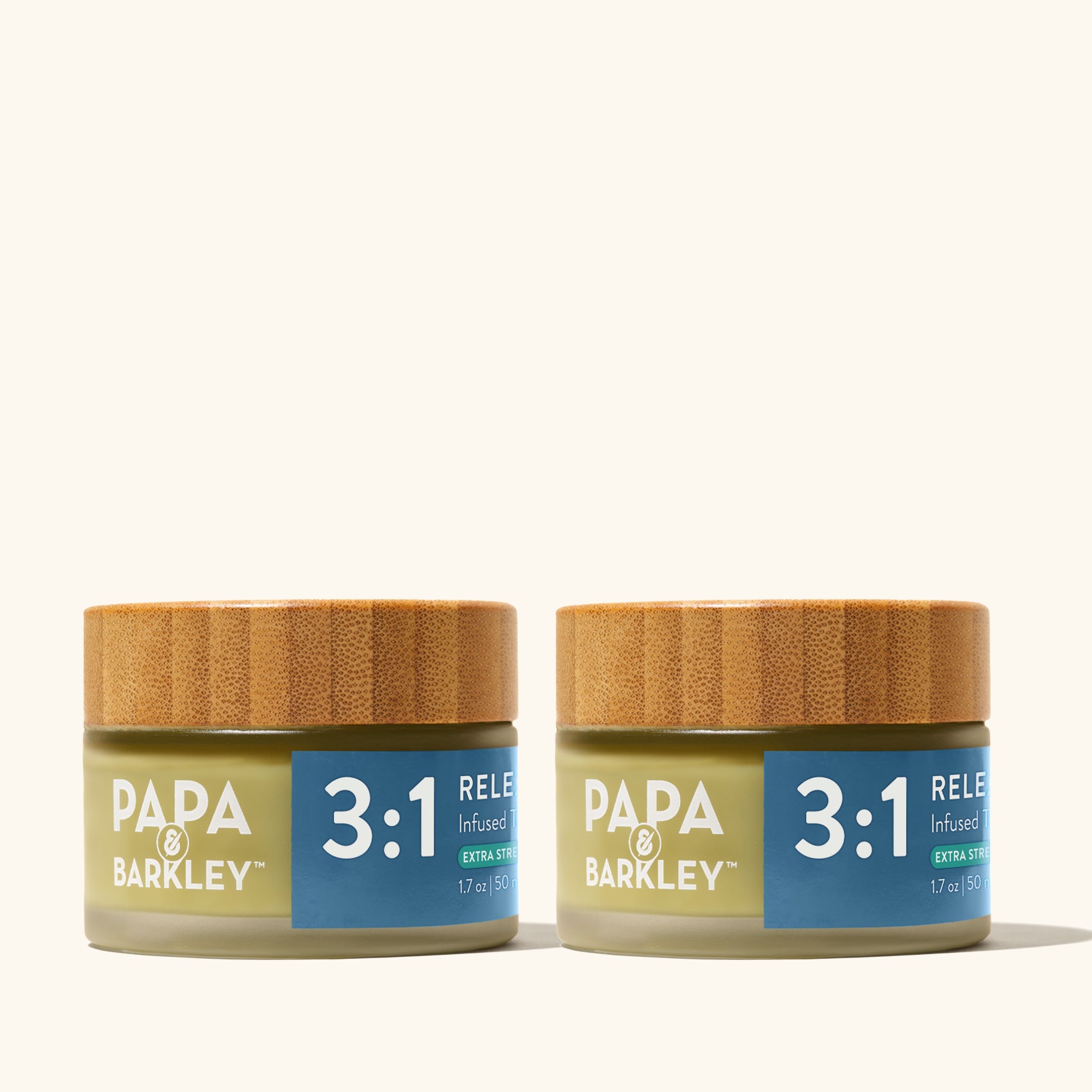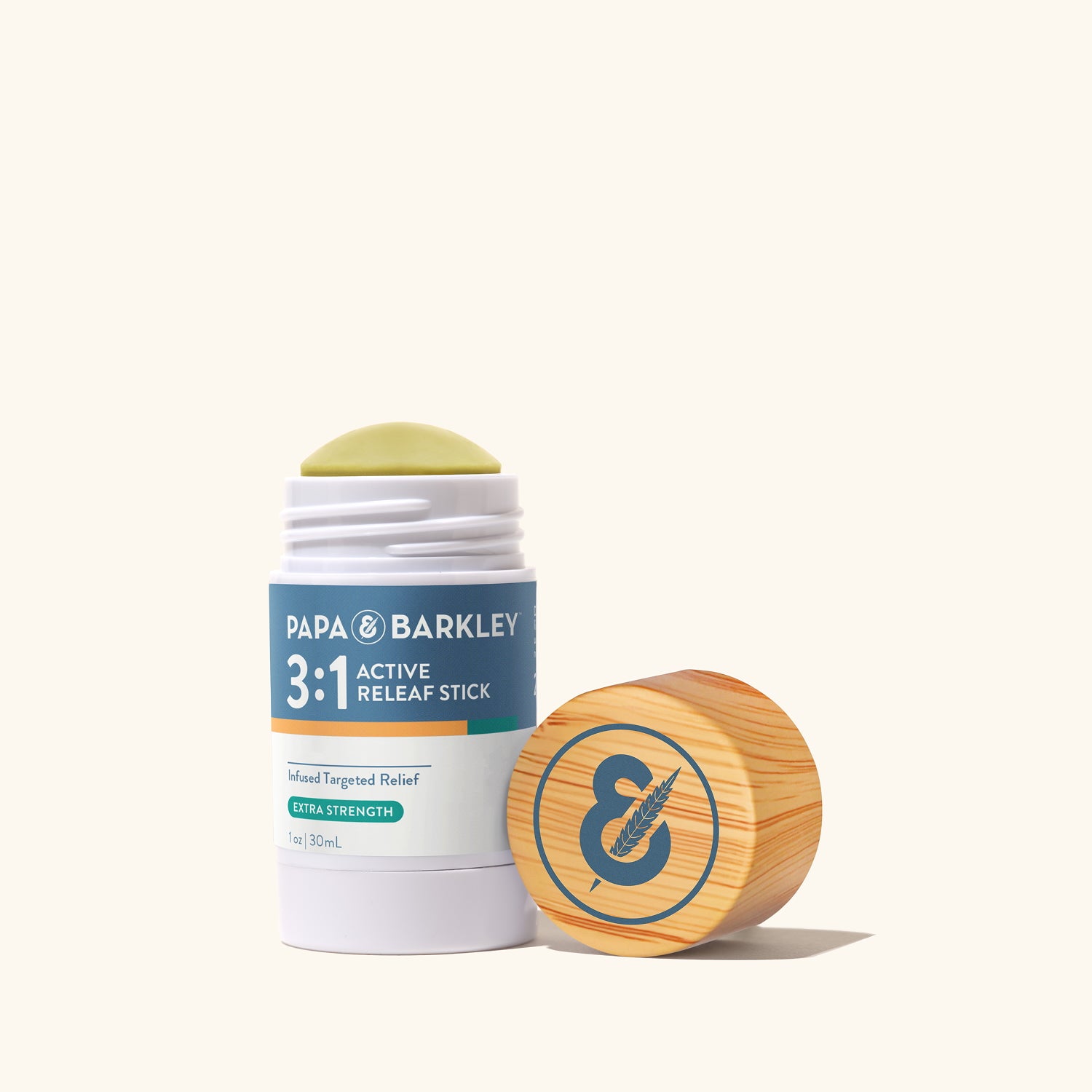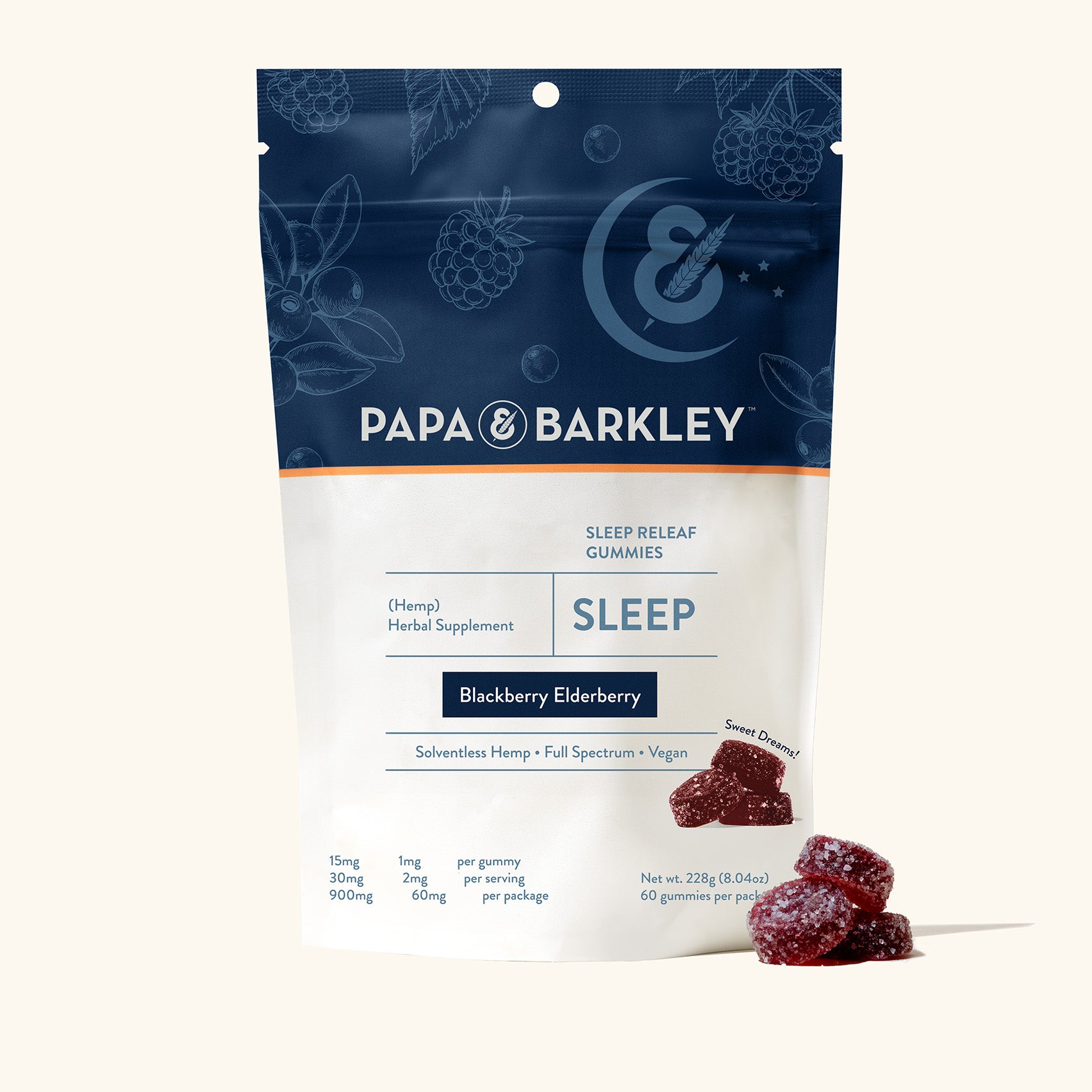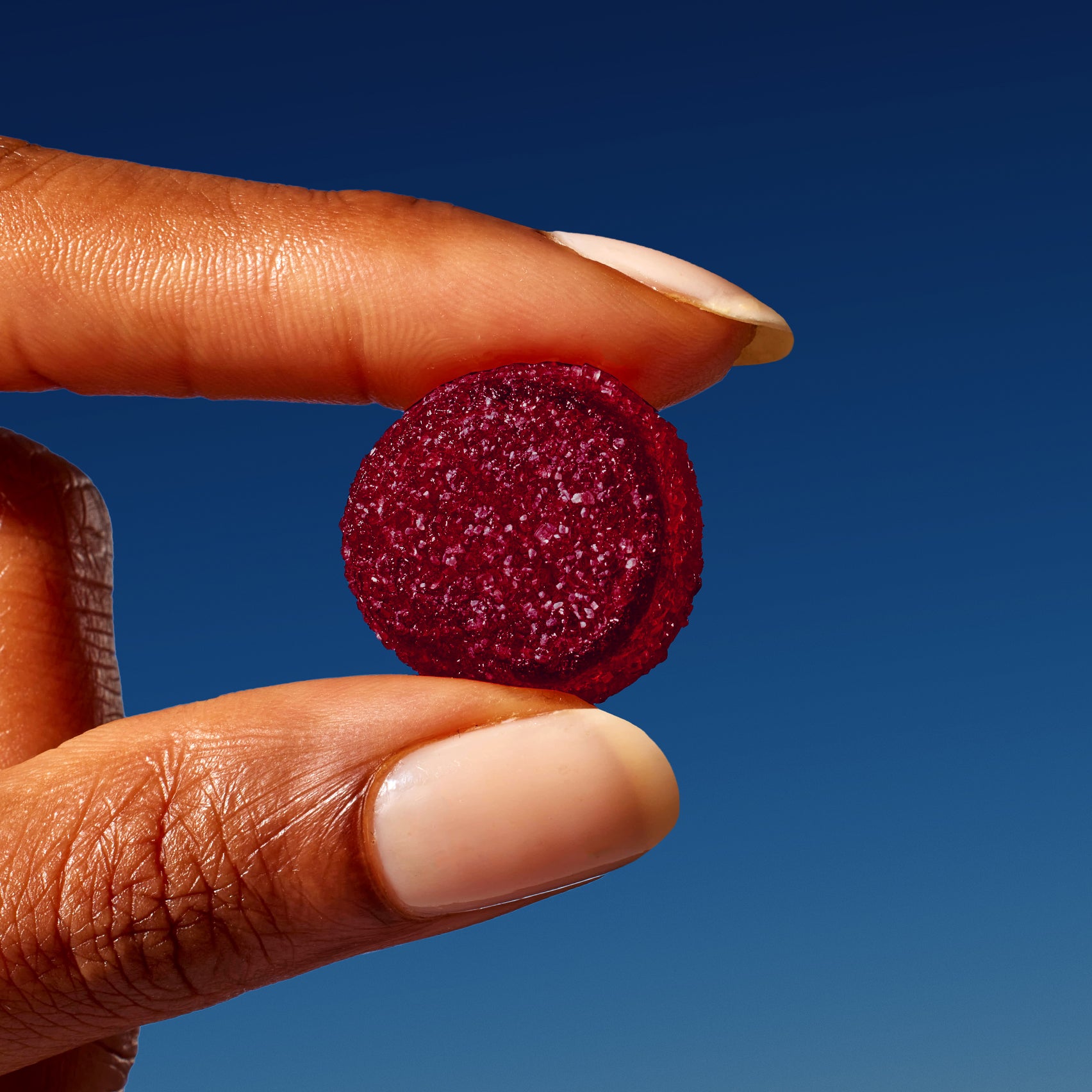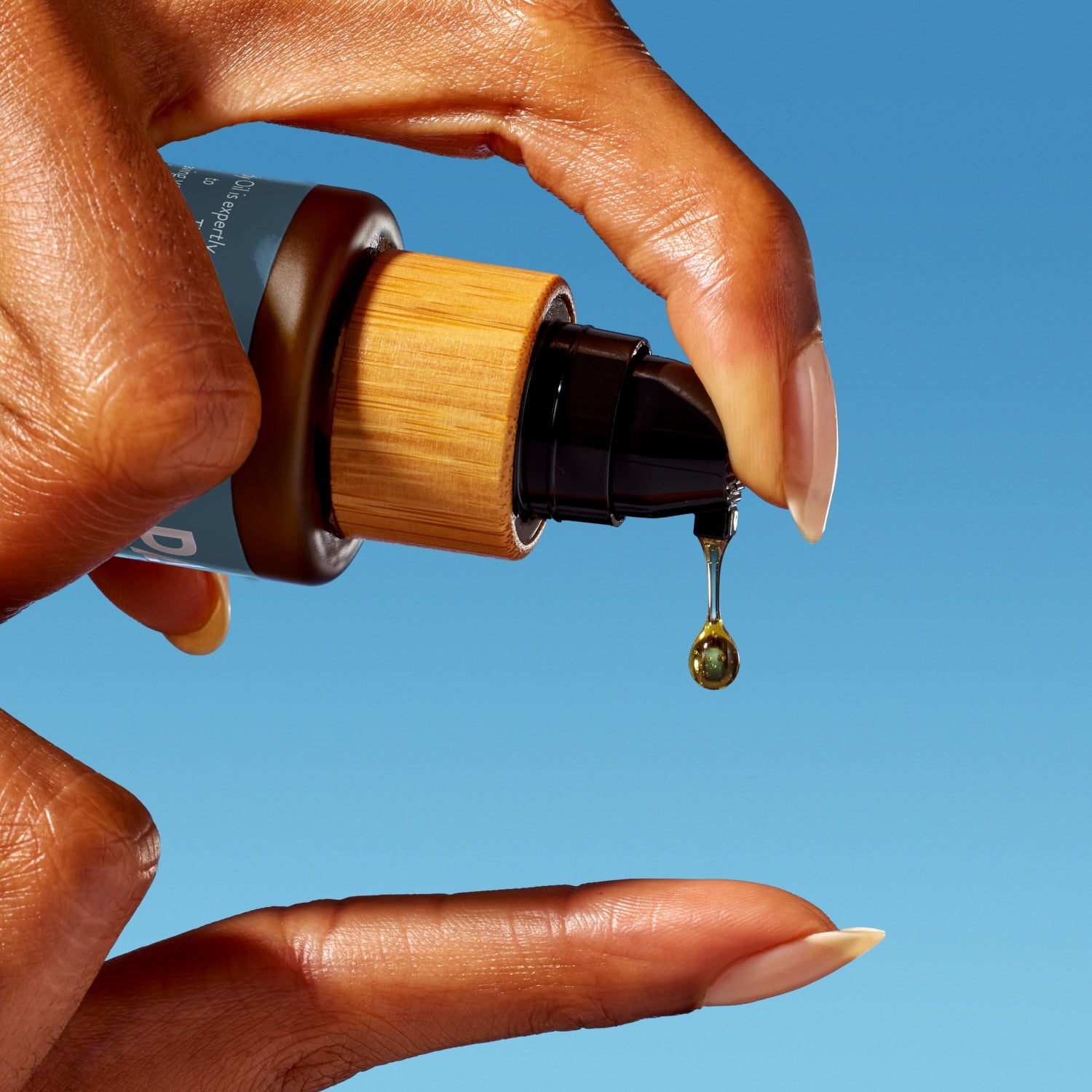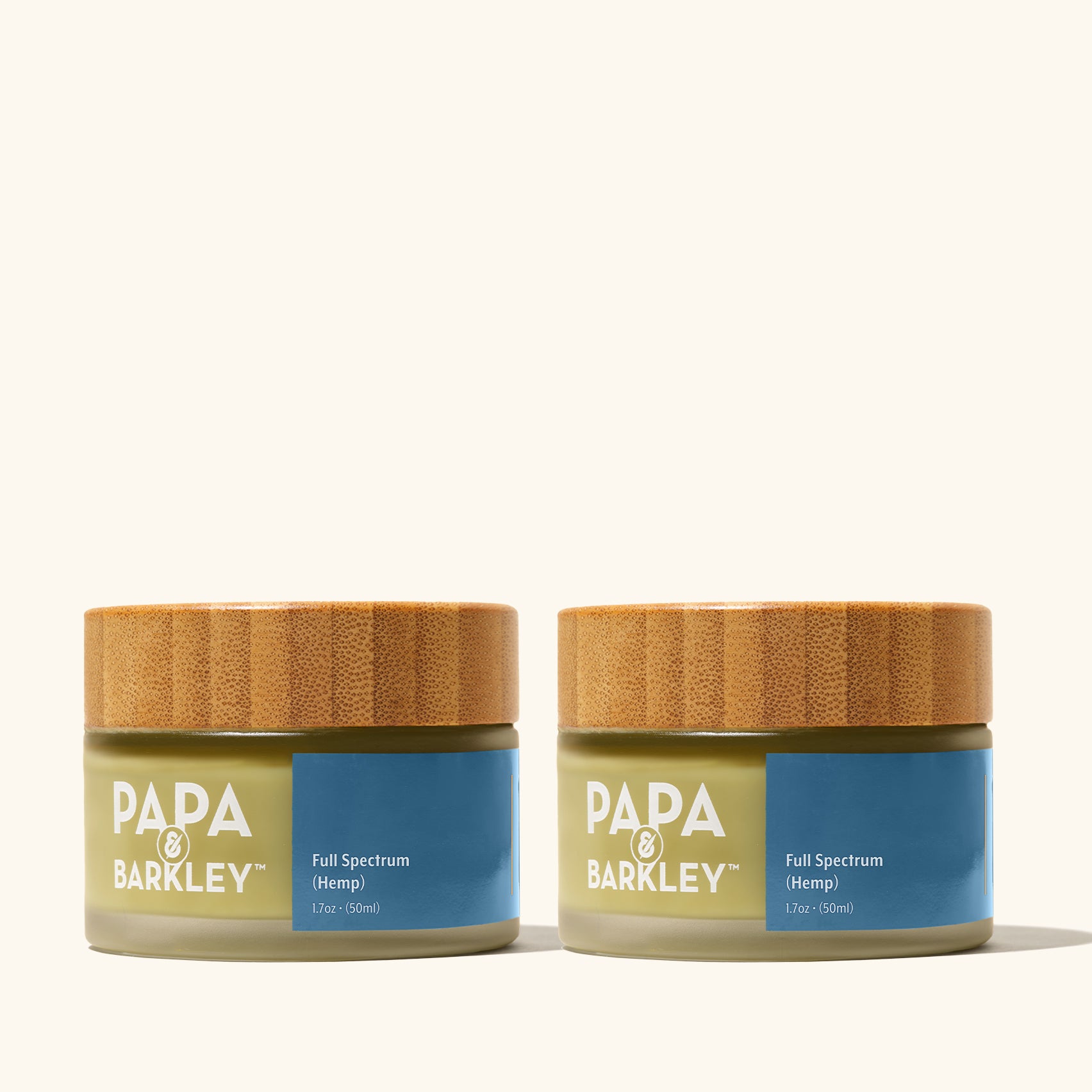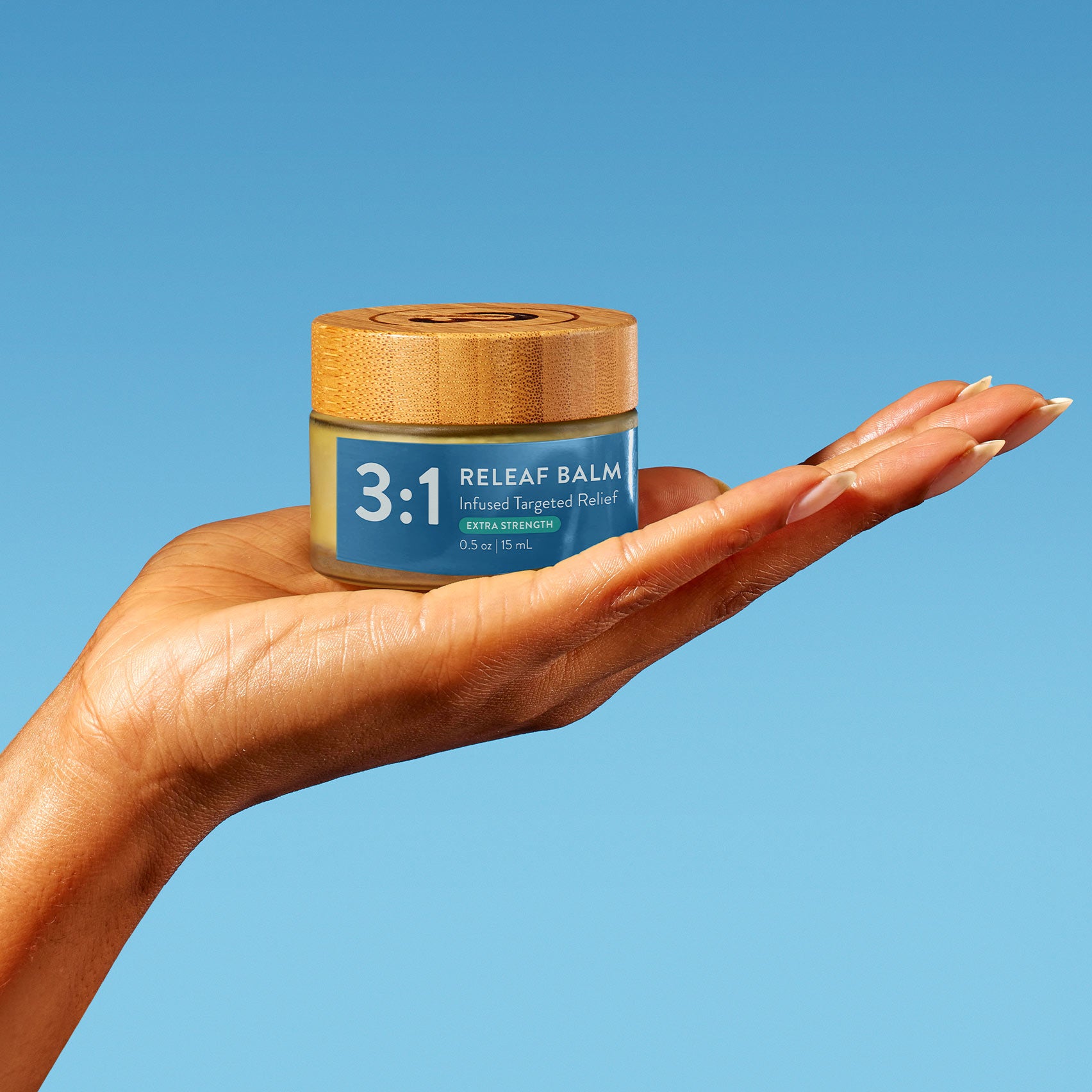THC, or delta-9-tetrahydrocannabinol, is widely known as the part of the cannabis plant that produces psychotropic effects, or the sensation of feeling “high.” Unlike CBD, the other most notable natural compound found in the plant, THC does interact with the body’s endocannabinoid system in distinct ways. In addition to its well-known effects, ongoing research continues to examine how THC and other cannabis compounds may play a role in overall wellness and lifestyle preferences. Whether you are exploring cannabis for personal interest or looking to learn more about its plant-based compounds, research on cannabinoids like THC is an area of active interest.
THC and the Body
Cannabis has a long history of use in various cultures around the world. Studies have investigated how THC interacts with the body, including its influence on perceptions and experience. For example, some clinical trials have looked at experiences among participants using specific amounts of THC, reporting a range of outcomes related to sensation and perception. Additional research, such as this study, suggests that shifts in the perception of discomfort may be linked to how THC interacts with regions of the brain. It is important to note that responses to THC are highly individualized, and experiences can vary. These findings help inform current and future research directions but should not be interpreted as definitive conclusions regarding specific health outcomes.
THC and Lifestyle Activities
Some individuals choose to include cannabis in their overall lifestyle, such as after exercise or as part of routines that support personal wellness. Reports from athletes and recreational users alike often point to the subjective experience of incorporating cannabis into physical activity. According to a New York Times article, some researchers see a possible connection between the “runner’s high” and the effects associated with THC, as both may involve activation of the endocannabinoid system. Personal accounts may include descriptions of changes in perception that influence physical activity or post-exercise routines, but more scientific study is needed to fully understand these relationships.
THC and Rest
Some studies have explored the relationship between THC and sleep cycles. For example, a study conducted over 15 weeks with participants reported tracking sleep-related outcomes and observations. Another 2008 study discussed the effect of THC-rich cannabis on patterns of REM and deep sleep in participants. While these observations contribute to the growing body of research, more investigation is needed to determine how different cannabis compounds impact individual sleep cycles and routines.
THC and Sensory Experience
Some individuals report enhanced experiences in certain aspects of life, such as sensory perception or mood, when using THC. In one survey referenced by Forbes, participants described various subjective effects related to their cannabis use, including changes in personal senses or enjoyment. These accounts are based on self-report survey data and reflect individual perspectives. Experiences may differ widely among users.
Euphoria and Mood
THC is known for producing changes in mood and a sense of euphoria for some users, often associated with increased dopamine in the brain. Additionally, the chemical structure of THC is similar to anandamide, a neurotransmitter sometimes referred to as the “bliss molecule,” which plays a role in pleasure, memory, and motivation, among other functions. More information on how THC works is available from medical literature and ongoing cannabinoid research. Some studies have also cited research suggesting CBD can influence how the body metabolizes anandamide, which may shape the overall experience of cannabis products that contain a balance of cannabinoids. A study by Washington State University examined various ratios of CBD and THC and their associations with mood and perceived stress in participants. It’s important to note these findings reflect the context of specific studies and may not translate equally to all individuals.
Papa & Barkley’s line of Releaf products are full-spectrum and made using a whole plant infusion process, which means they contain natural phytonutrients, terpenes, and a range of cannabinoids present in the cannabis plant, including THC. This is in contrast to CBD isolate, which is 99 to 100 percent CBD. Full-spectrum products may be preferable for those interested in experiencing the synergy of naturally occurring plant compounds, a phenomenon known as the “entourage effect.” Ongoing research aims to further clarify how cannabinoids and terpenes interact in the body.
Erica Garza is an author and essayist. Her work has appeared in TIME, Health, Glamour, Good Housekeeping, Women's Health, The Telegraph and VICE. She lives in Los Angeles.
References:
- https://www.ncbi.nlm.nih.gov/pubmed/19732371
- http://www.ncbi.nlm.nih.gov/pubmed/23273106
- https://www.nytimes.com/2018/04/20/well/move/runners-high-marijuana-pot-sports-exercise-weed.html
- http://www.ncbi.nlm.nih.gov/pubmed/14615106
- https://www.ncbi.nlm.nih.gov/pubmed/18313952
- https://www.forbes.com/sites/sarabrittanysomerset/2018/09/10/new-studies-show-that-marijuana-enhances-and-increases-sex/#20e93eaa29d2
- https://www.drugabuse.gov/publications/research-reports/marijuana/how-does-marijuana-produce-its-effects
- https://www.ncbi.nlm.nih.gov/pmc/articles/PMC5062061/
- https://www.healtheuropa.eu/cannabis-combats-stress/93193/
- https://www.ncbi.nlm.nih.gov/pmc/articles/PMC6334252/



